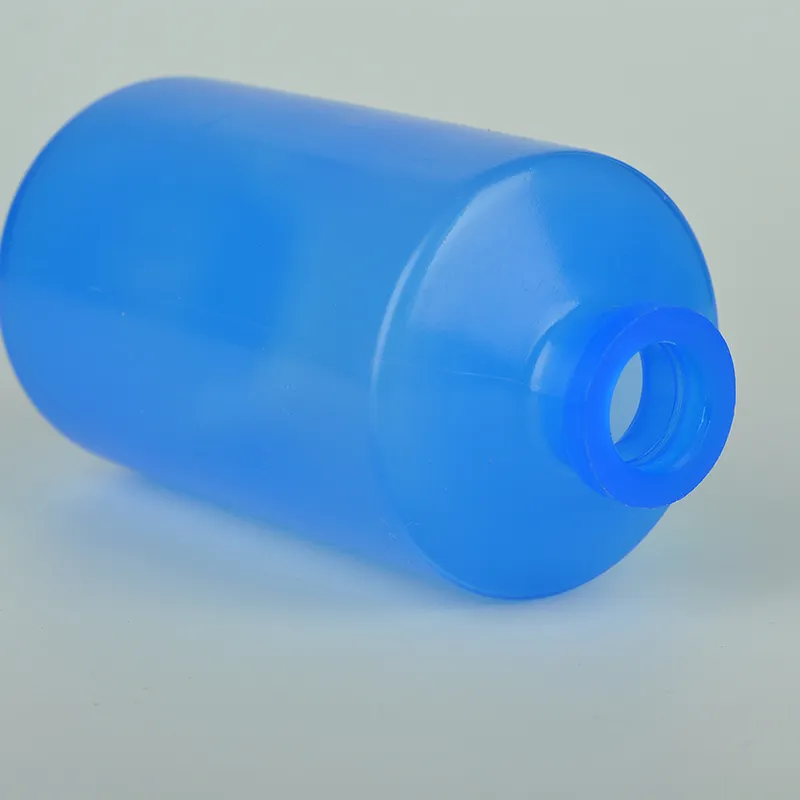https://www.wahmg.com/)">
reagent bottle types
reagent bottle types
An Overview of Reagent Bottle Types
Reagent bottles are essential containers used in laboratories and industrial settings to store, transport, and dispense various chemicals. Their design and material play a crucial role in ensuring the safety and integrity of the substances they hold. Understanding the different types of reagent bottles is important for scientists and technicians who handle chemicals regularly.
1. Glass Reagent Bottles
Glass is one of the most common materials for reagent bottles, primarily due to its inertness and resistance to a wide range of chemicals. Glass reagent bottles are available in several forms, including narrow mouth and wide mouth designs. Narrow mouth bottles are suitable for storing liquids that require minimal exposure to air, while wide mouth bottles are easier to fill and dispense from, making them ideal for solids and viscous liquids. Borosilicate glass is often preferred for its high thermal resistance, which is essential in processes involving heat.
Plastic reagent bottles, typically made from materials like polyethylene or polypropylene, offer a lightweight and shatter-resistant alternative to glass. These bottles are useful for storing acids and bases, as they are resistant to many chemical interactions. However, it is important to note that some plastics can absorb certain solvents, potentially compromising the integrity of the stored reagent. Thus, choosing the right type of plastic is crucial depending on the chemical nature of the material being stored.
reagent bottle types

3. Amber Glass Bottles
For light-sensitive reagents, amber glass bottles are often employed. The dark tint of the glass prevents ultraviolet light from degrading sensitive compounds, making them suitable for substances like certain pharmaceuticals and organic chemicals. These bottles retain the advantages of regular glass while adding an essential layer of protection for light-sensitive materials.
4. Specialized Reagent Bottles
In addition to standard options, there are specialized reagent bottles designed for specific applications. For example, gas-tight bottles are used for volatile substances, while pressure bottles allow for the safe storage of gases under pressure. Additionally, auto-dispensing bottles facilitate controlled dispensing of reagents, reducing the risk of contamination and spills.
Conclusion
The choice of reagent bottle type is critical to maintaining the stability and integrity of chemical substances in the laboratory. With a variety of options available, including glass, plastic, amber glass, and specialized designs, it is essential to select the appropriate reagent bottle that meets the specific needs of the laboratory environment and the substances being handled. Understanding these different types helps ensure safety and efficiency in chemical handling practices.
-
Wholesale Plastic Juice Bottles with Caps 16 oz Options Available Bulk Packaging SolutionsNewsJun.10,2025
-
Laboratory Apparatus Reagent Bottle – Durable & Chemical Resistant Bottles for Safe StorageNewsJun.10,2025
-
Squeezable Dropper Bottles Durable, Leak-Proof & CustomizableNewsMay.30,2025
-
Affordable Plastic Petri Plates Sterile & Disposable Lab-GradeNewsMay.30,2025
-
Eye Dropper Caps Precision 24/410 & Plastic Bottle-Compatible TipsNewsMay.30,2025
-
Affordable Mini Spray Bottle Price & Wholesale Deals Shop NowNewsMay.29,2025





















